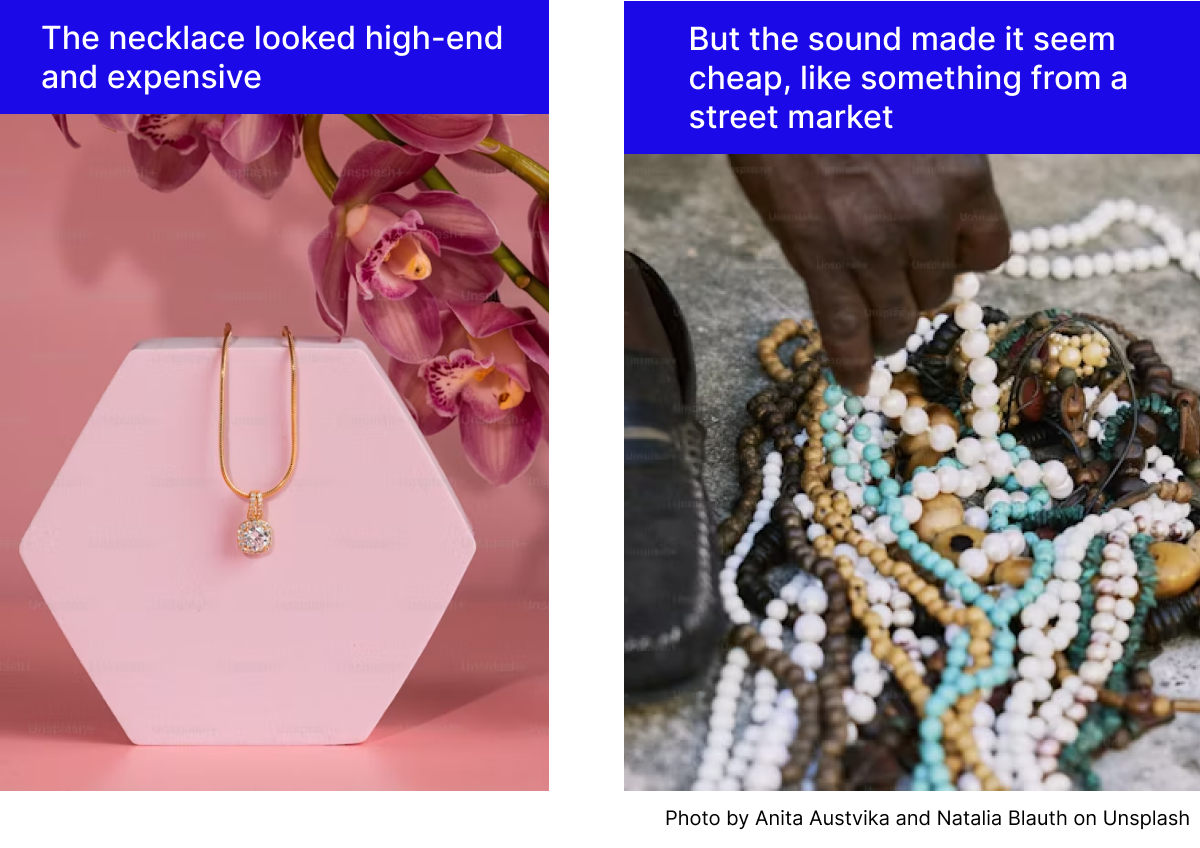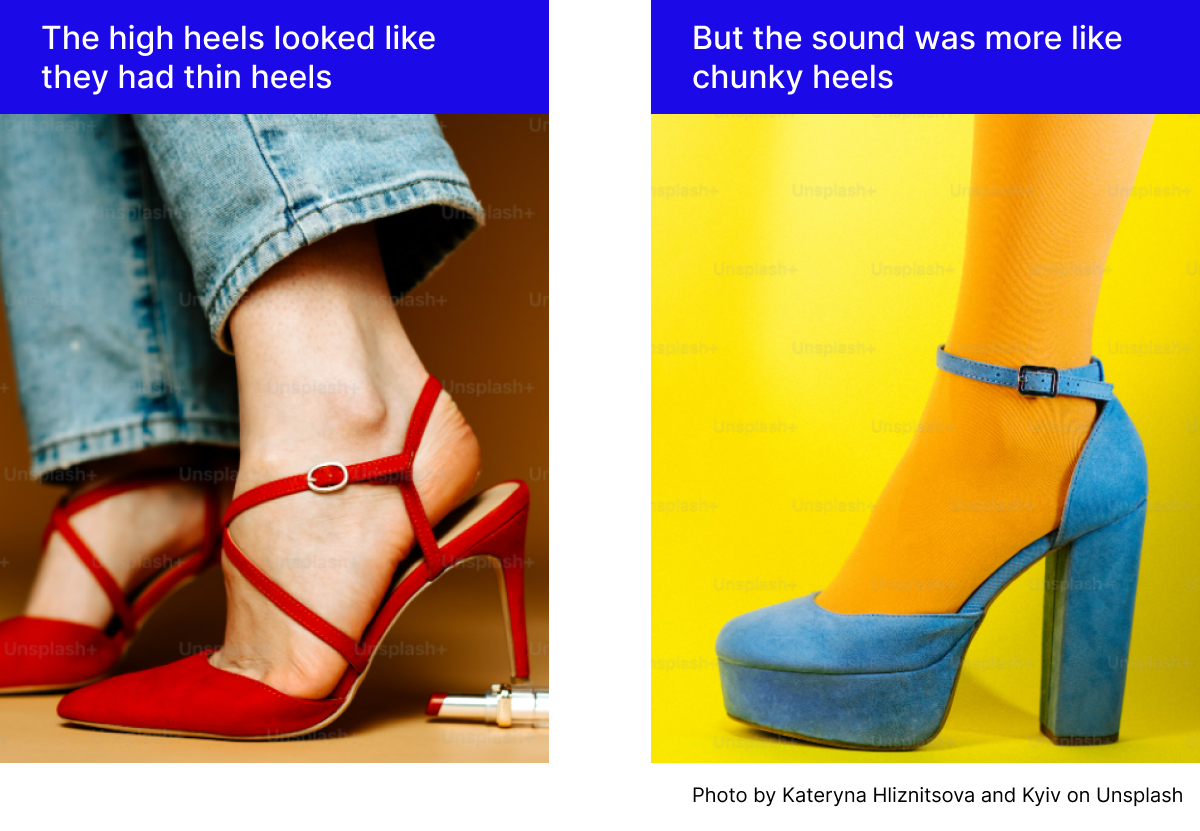
Yi-Tyng Tzeng
I am a UX designer with 7 years in marketing/PR and 2 years in UX research. My work includes Taiwan’s tax filing system, a state-owned CRM, and startup service development.

I am a UX designer with 7 years in marketing/PR and 2 years in UX research. My work includes Taiwan’s tax filing system, a state-owned CRM, and startup service development.
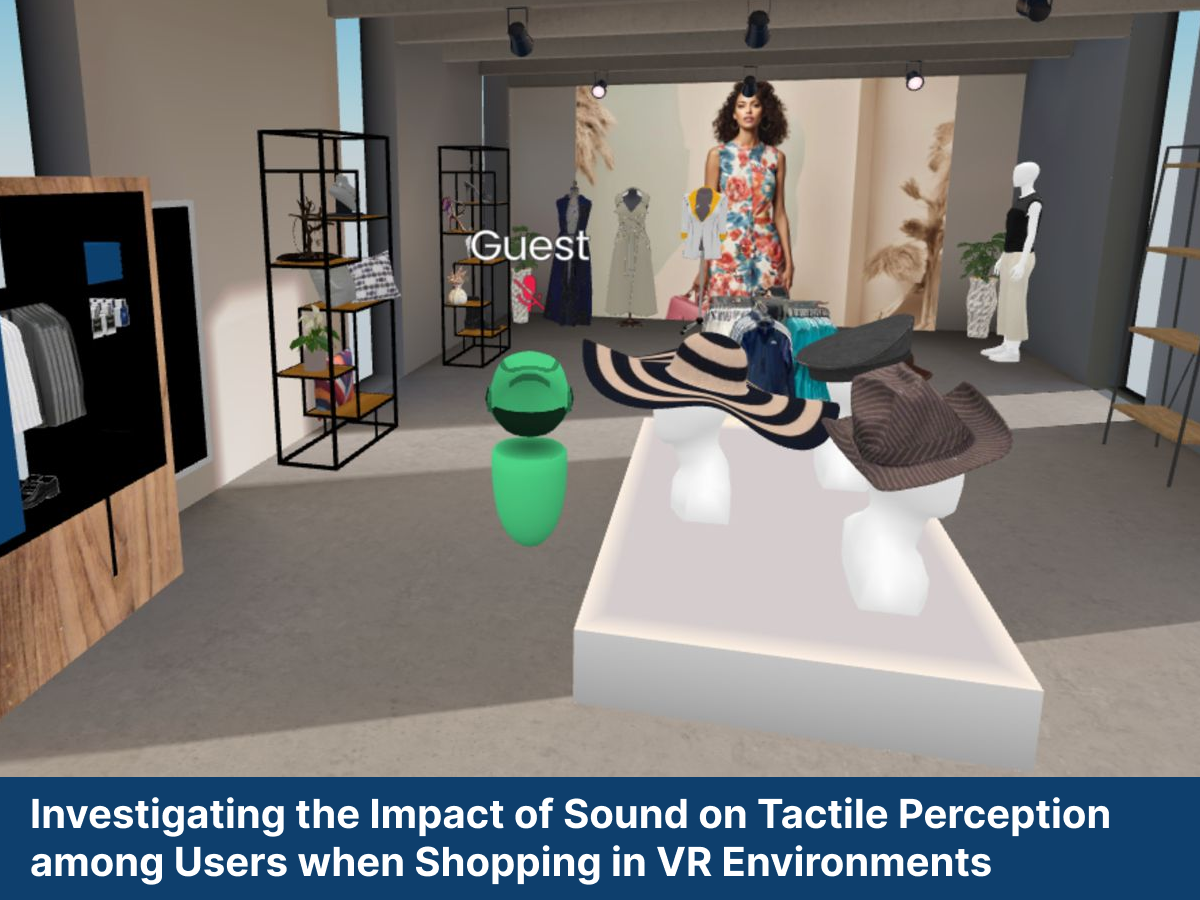
This study aims to explore how enhancing users’ sensory perceptions, particularly tactile perception, can improve their shopping experience in virtual reality (VR) environments.
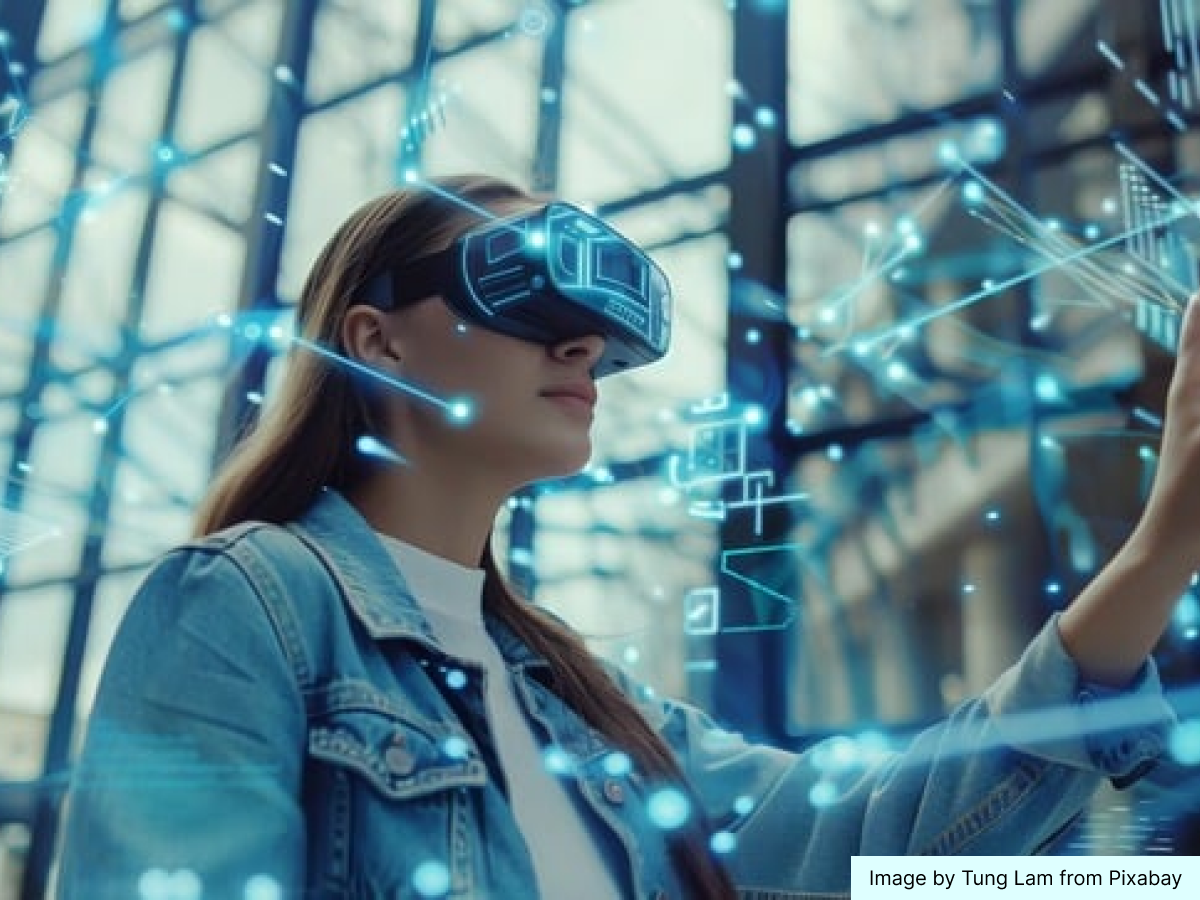
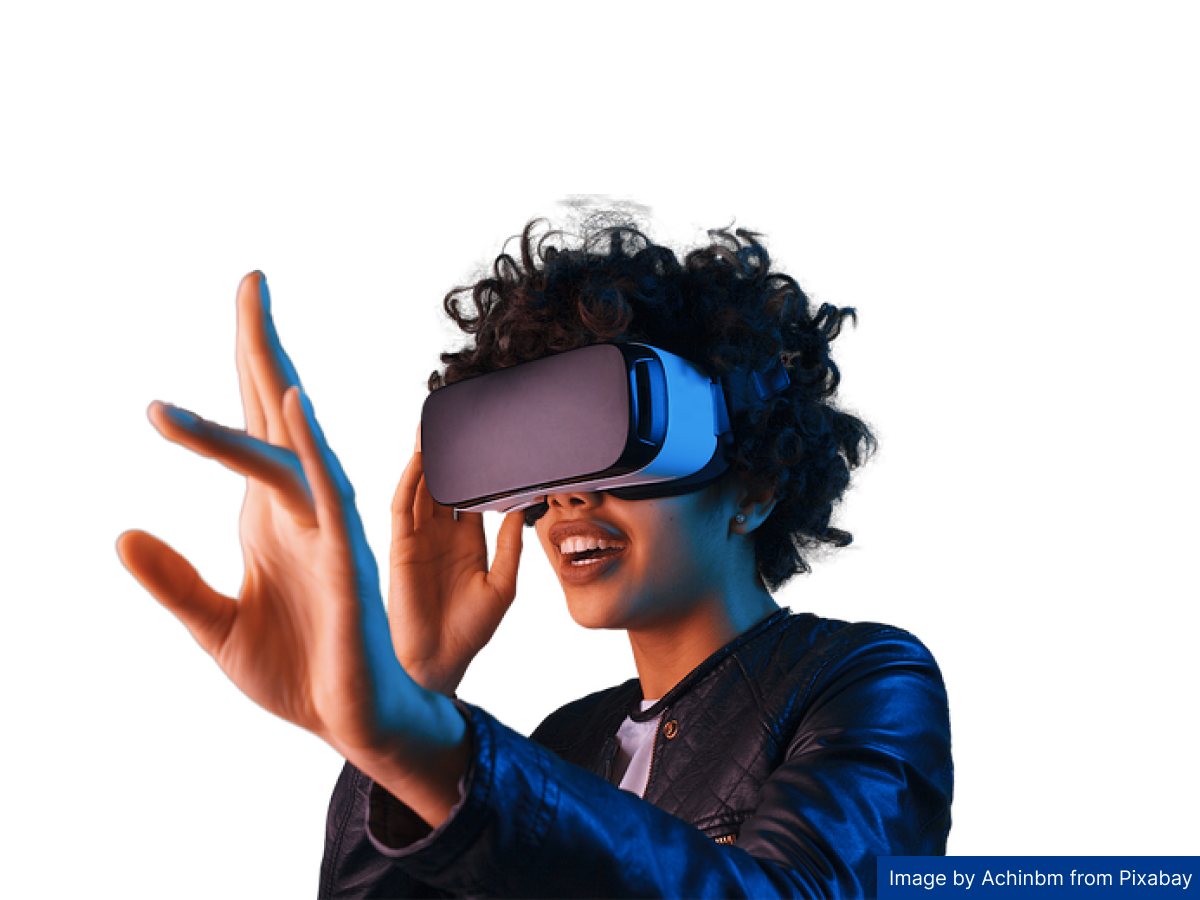
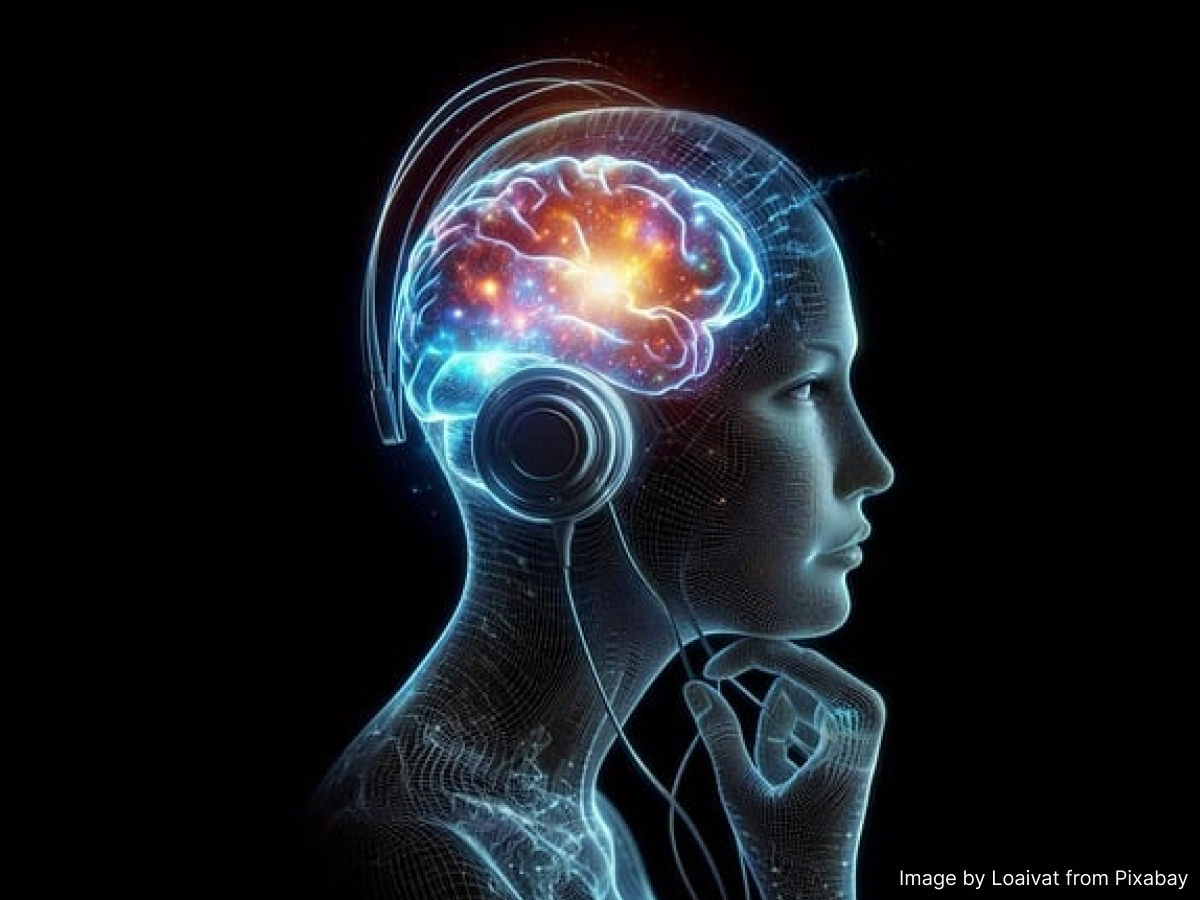
This study utilizes the five stages of design thinking as a framework for prototype development.
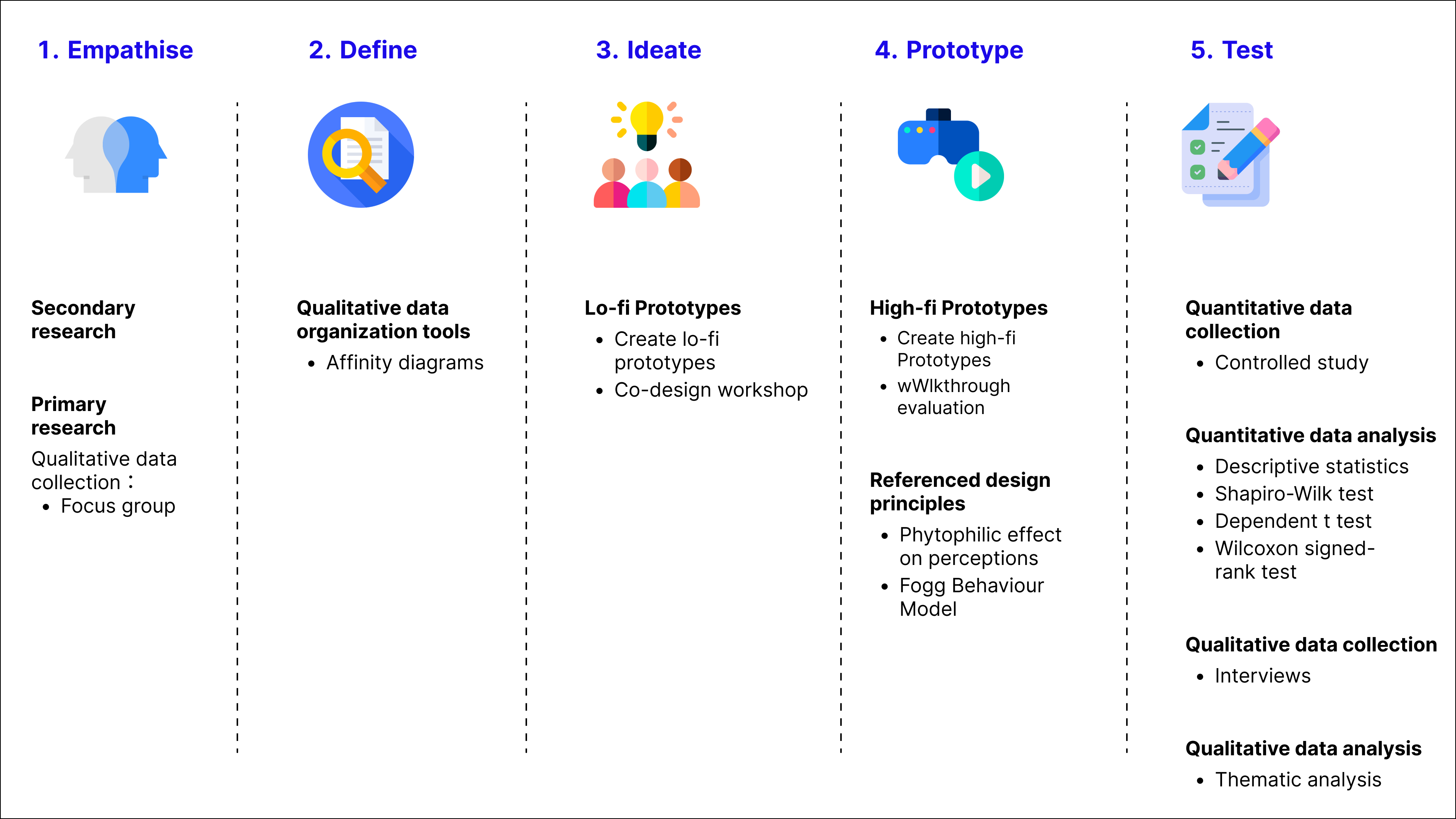
In the focus group, participants mentioned that when purchasing products, they want to touch the items to learn about the material, weight, thickness, and temperature. Here are some examples:
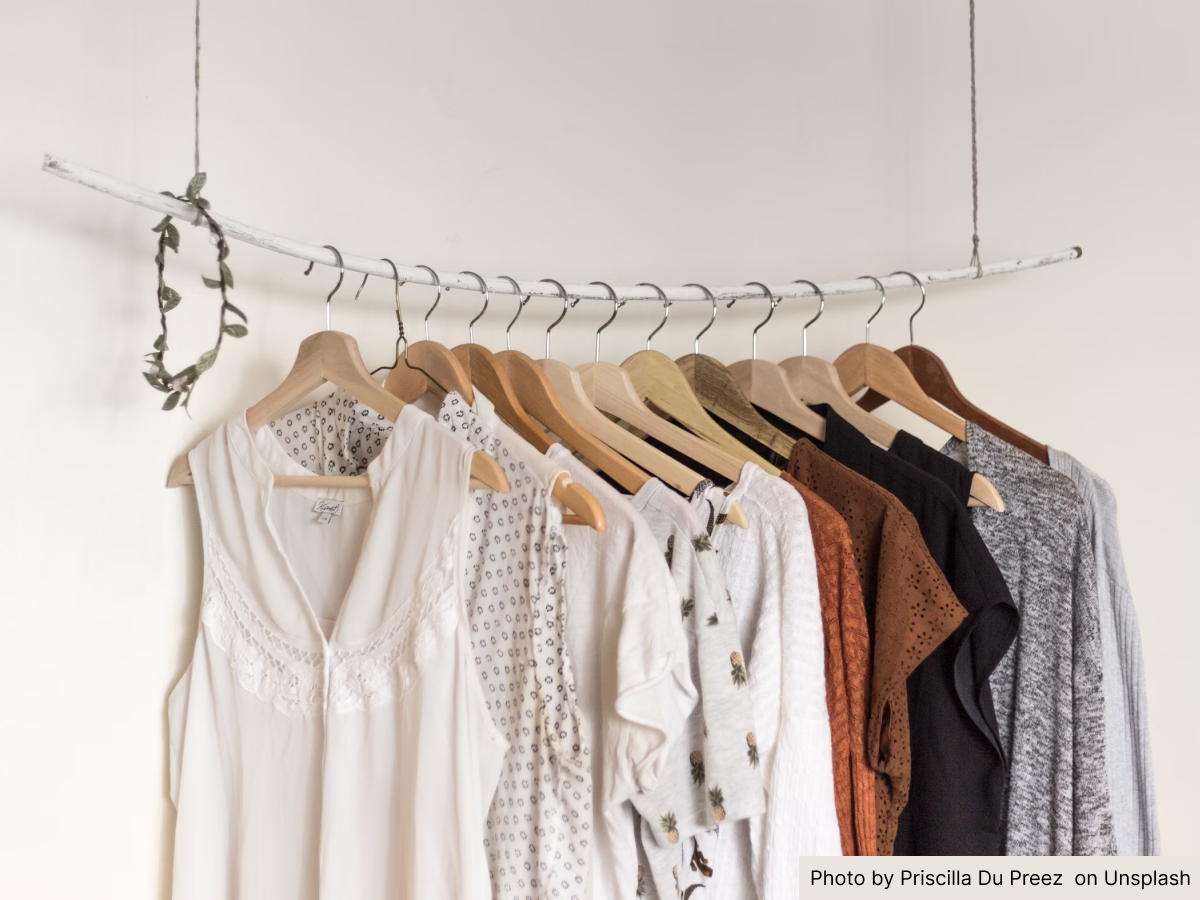



A co-design workshop was employed to explore different possibilities and conceptualize new solutions. In the workshop, participants were invited to do the following four tasks:
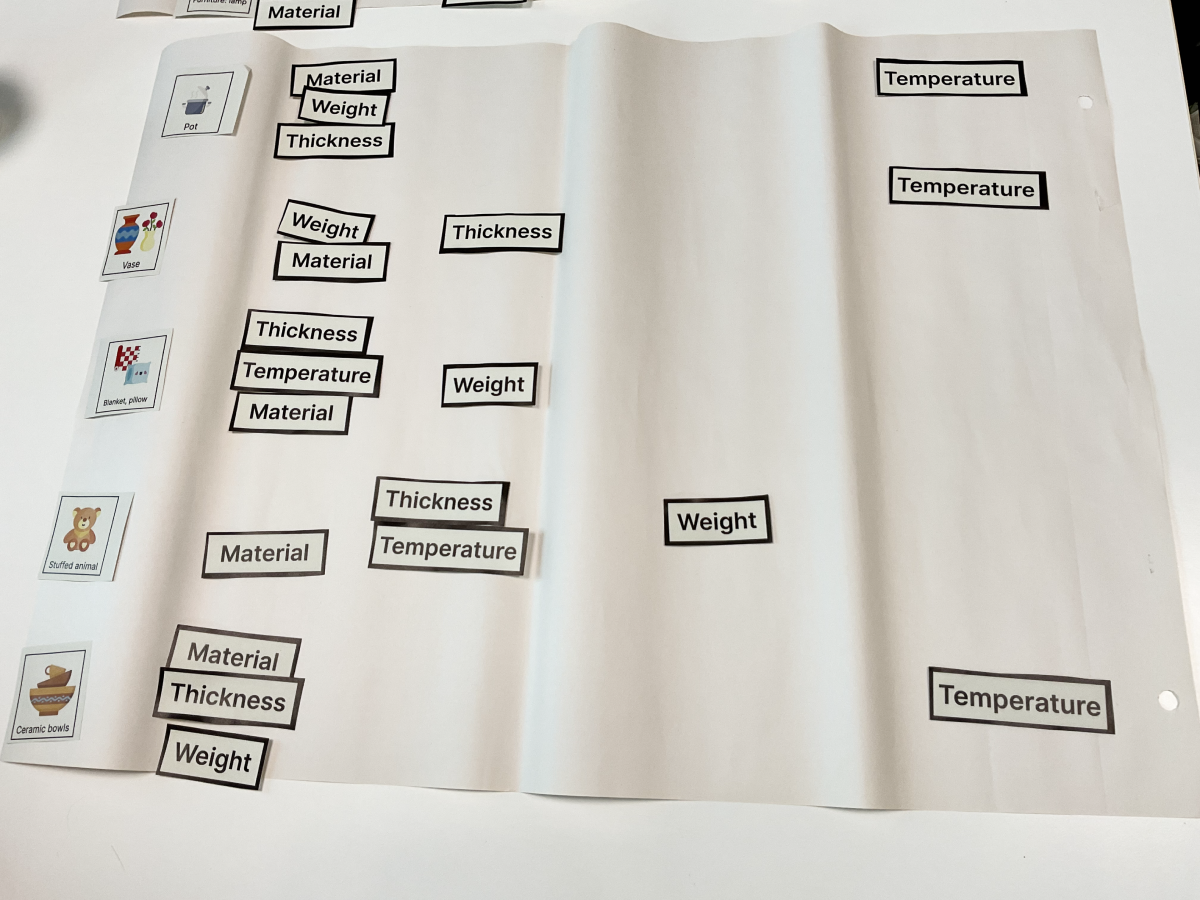
(1) Prioritization:
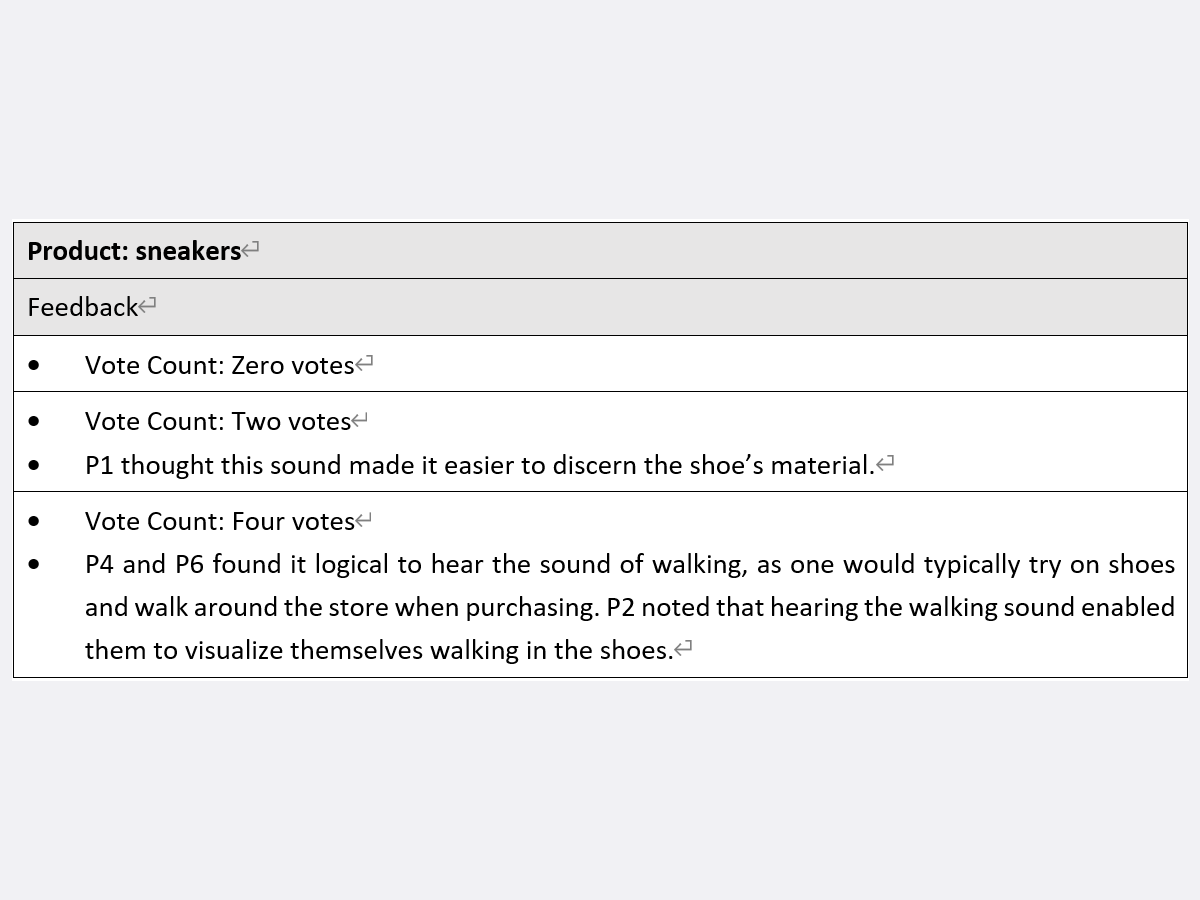
(2) Sound selection:
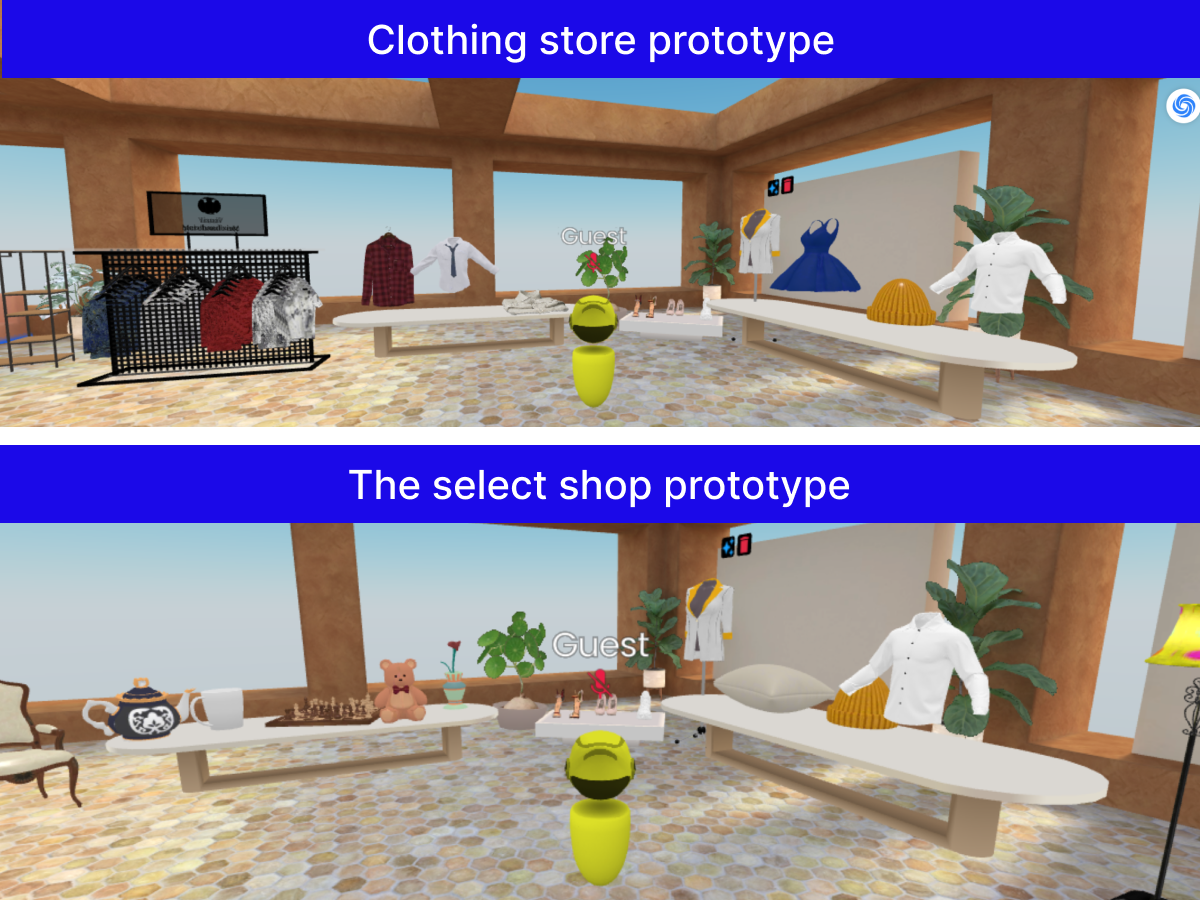
(3) Deciding on the type of virtual store:

(4) LEGO:
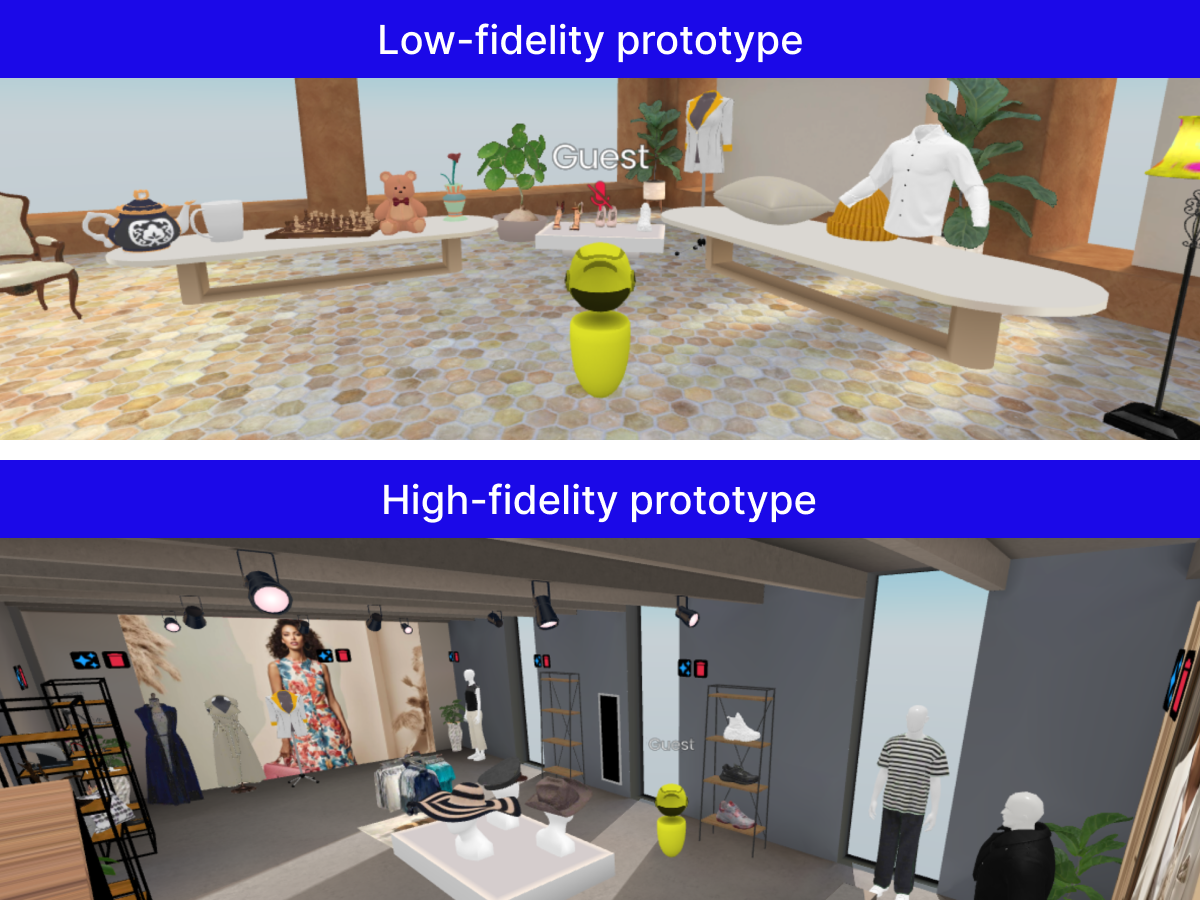
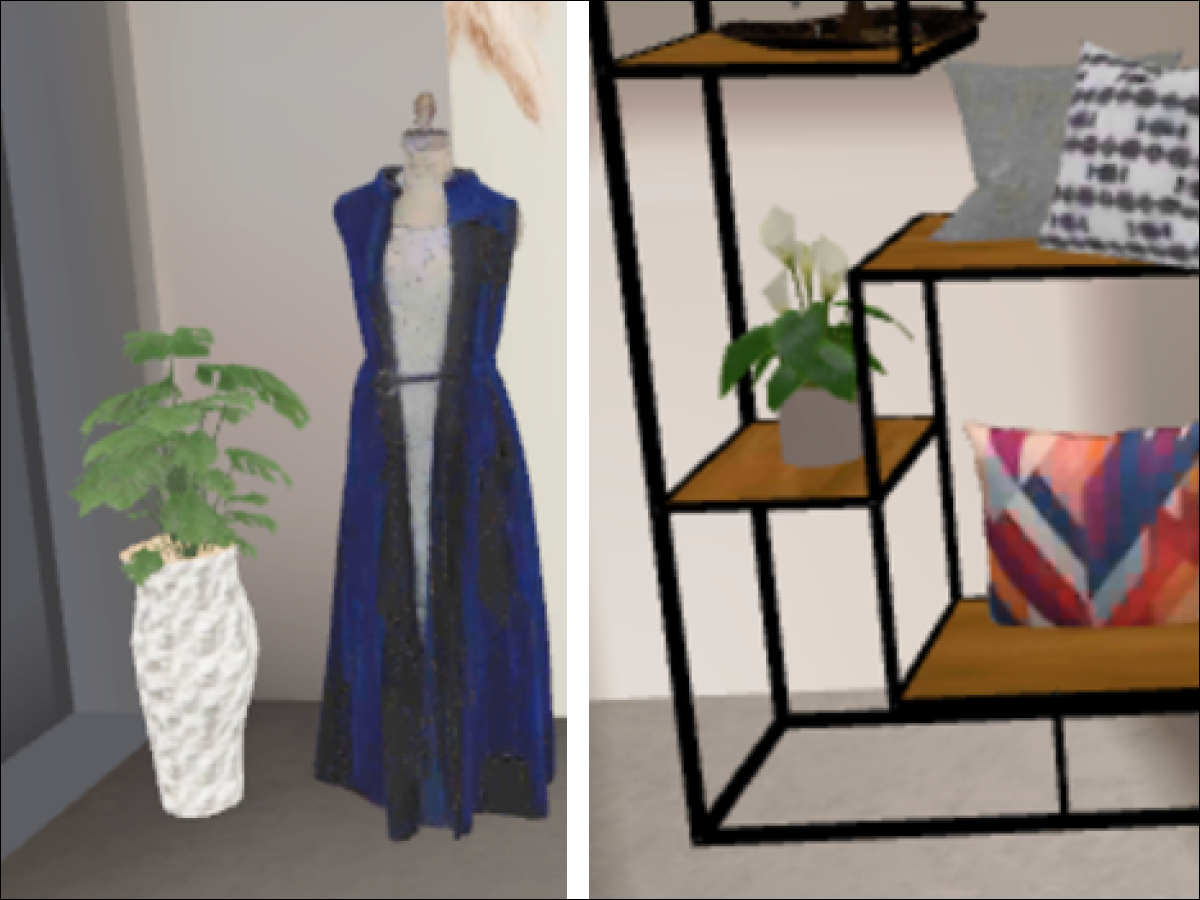
The phytophilic effect on perceptions:
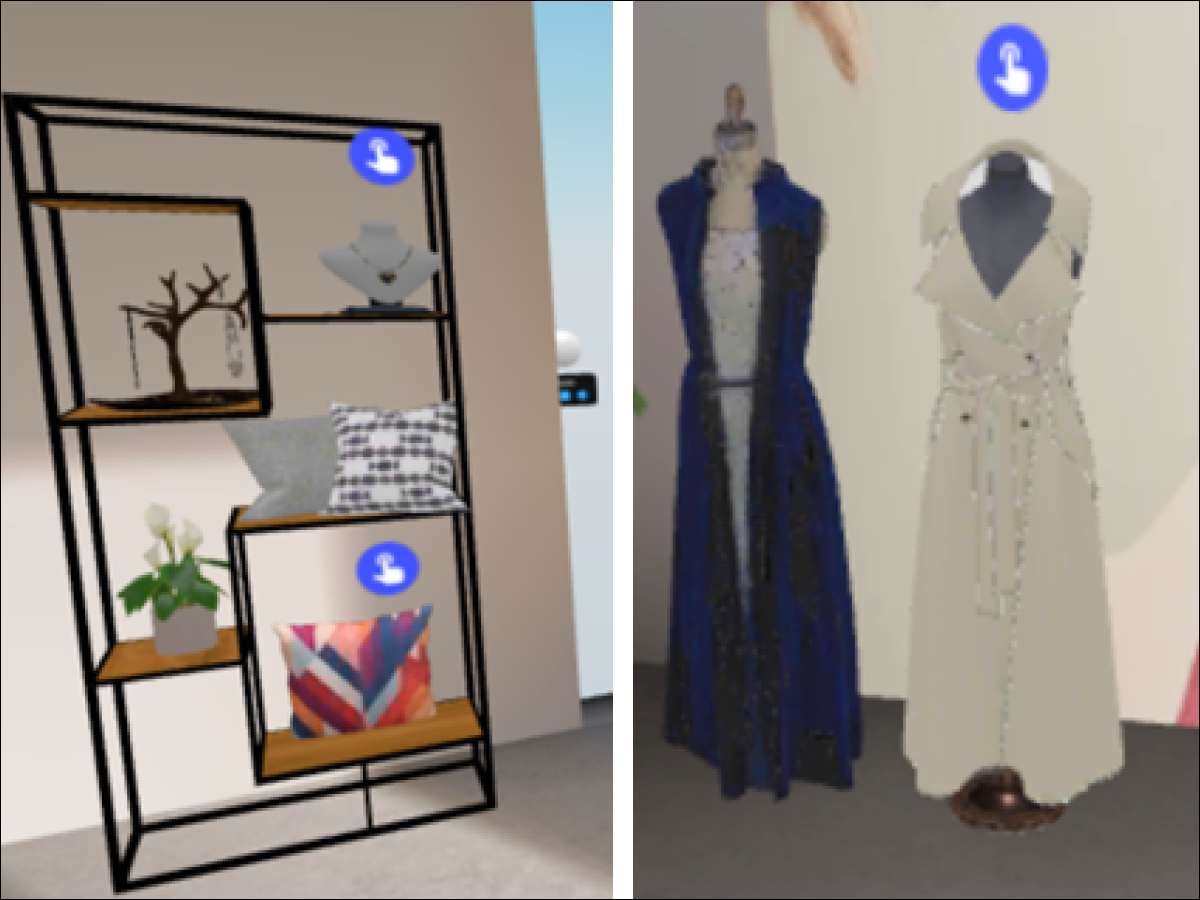
Fogg Behaviour Model:
This study utilizes the walkthrough evaluation method, as proposed by Sutcliffe and Kaur (2000), to assess the usability of a high-fidelity prototype of a virtual store. This method, grounded in interaction theory, is particularly suited for evaluating the complex dynamics of virtual reality (VR) and 3D graphical user interfaces.
The following are three key modifications:
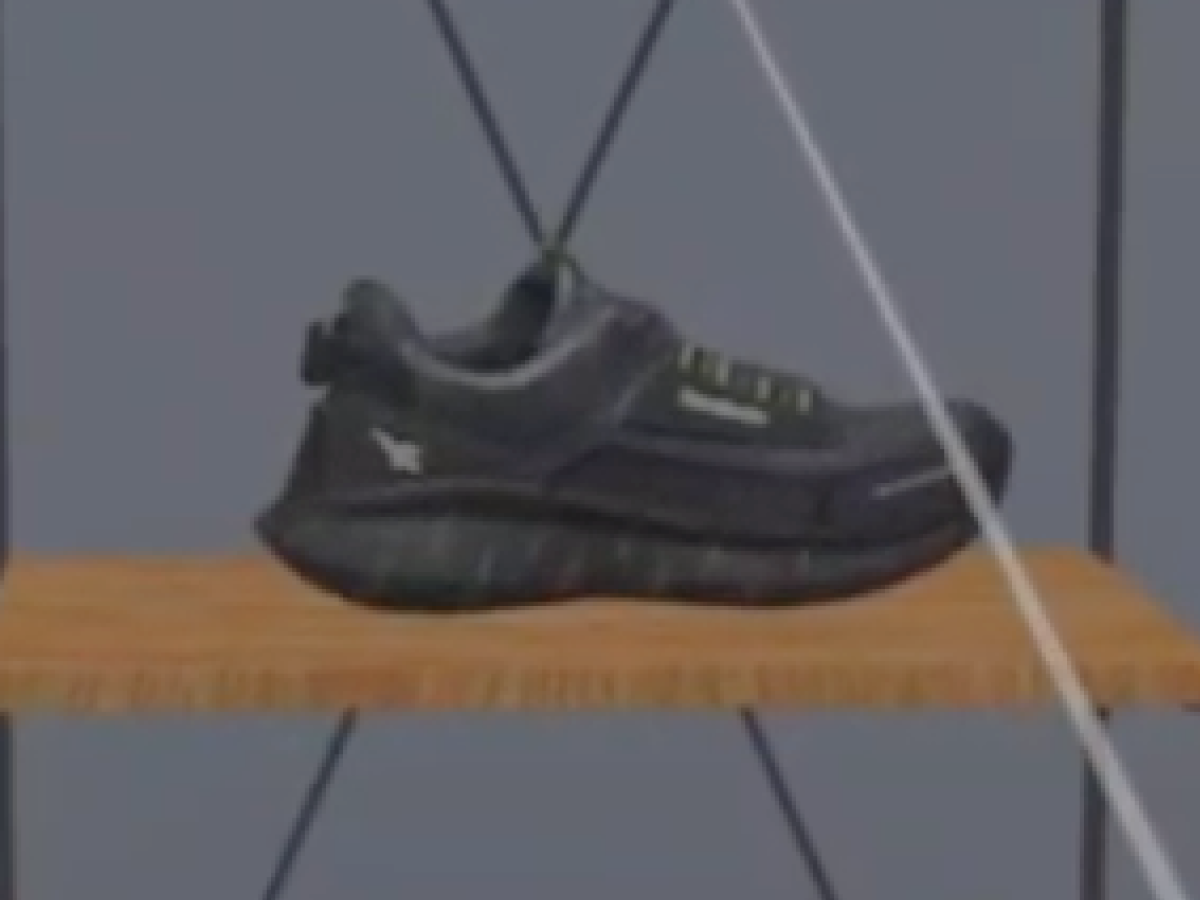
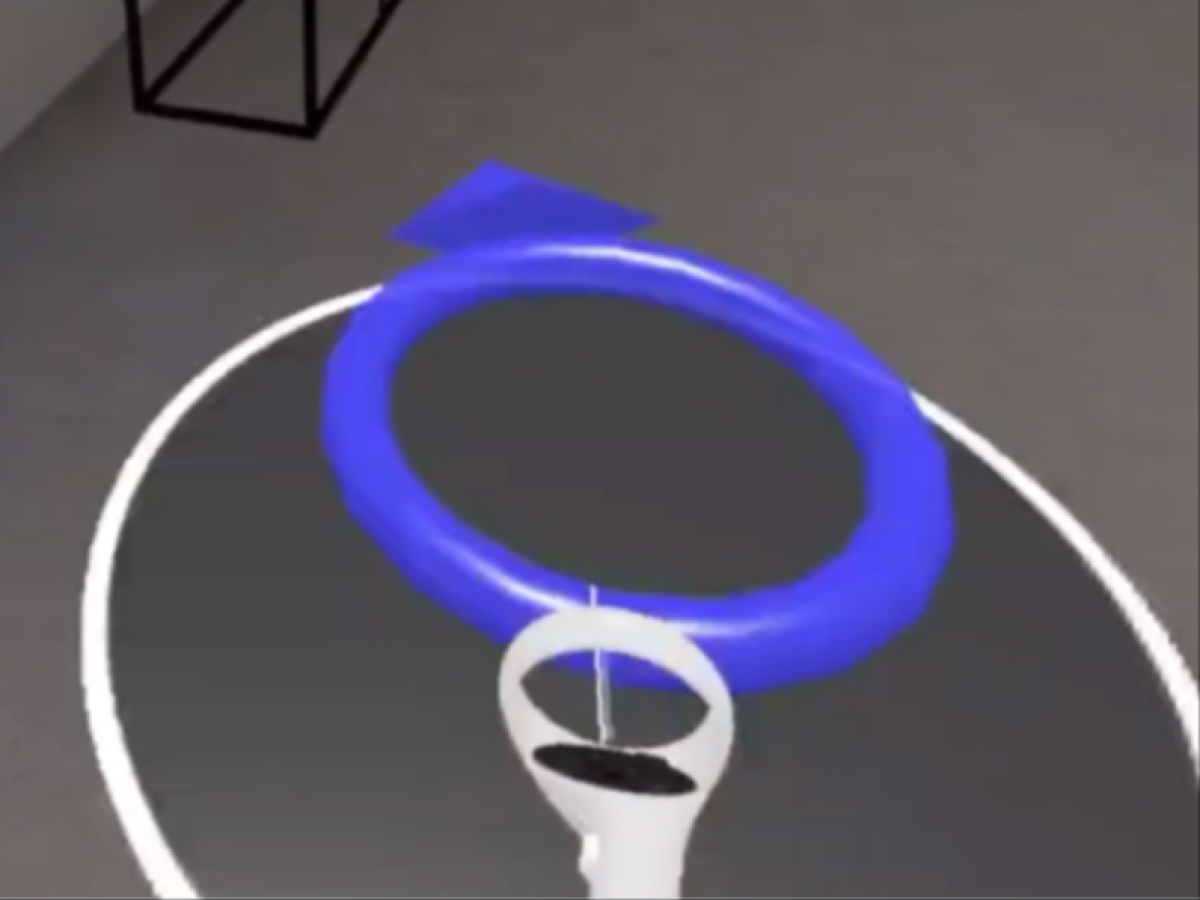
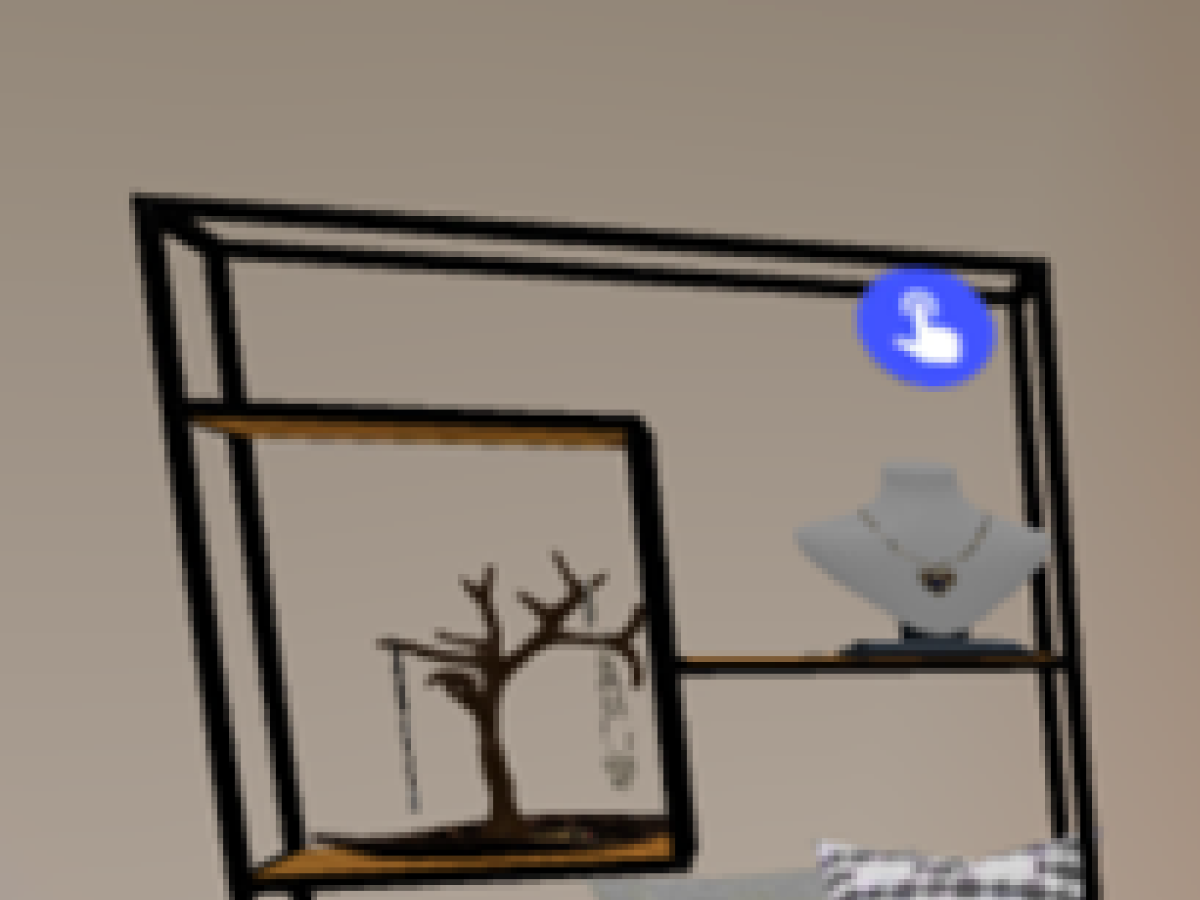

This study utilizes an experimental method to investigate the research questions. Two prototypes were developed for the experiment, and a within-subjects design was employed. Below are the two prototypes used in the experiment.
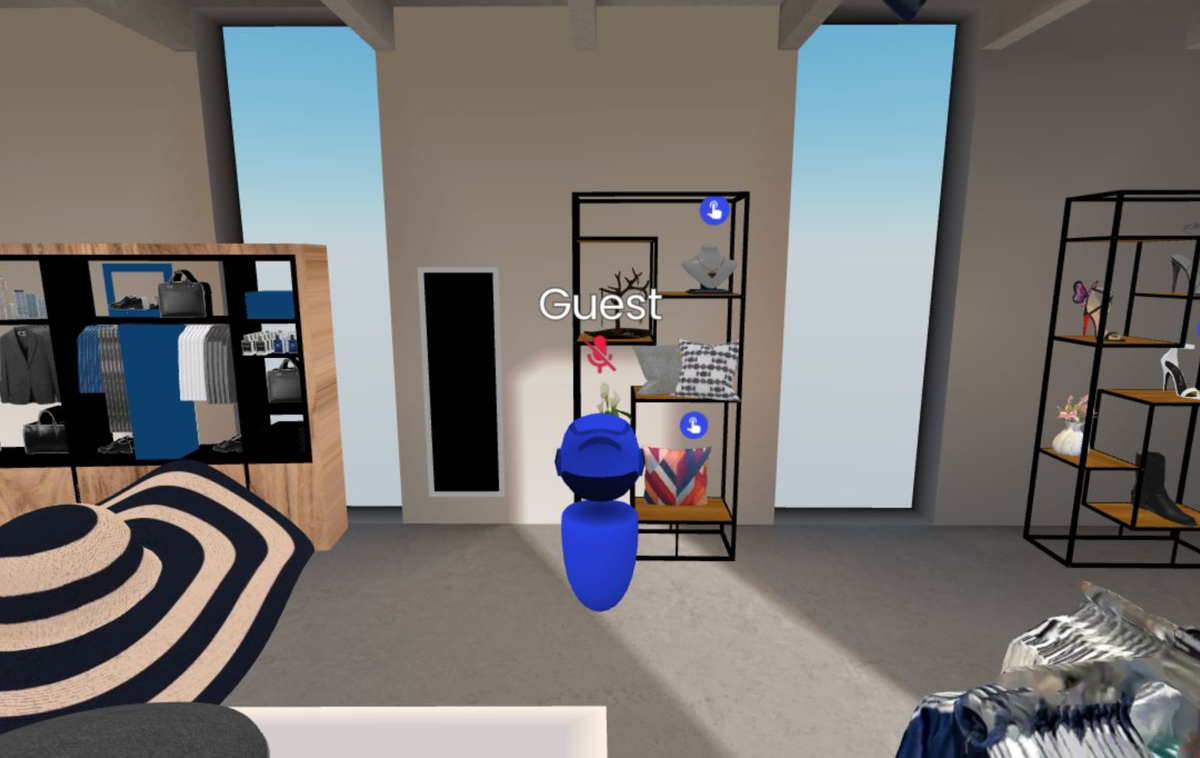
The VR store with sound: When participants select a product, it emits the product’s sound.
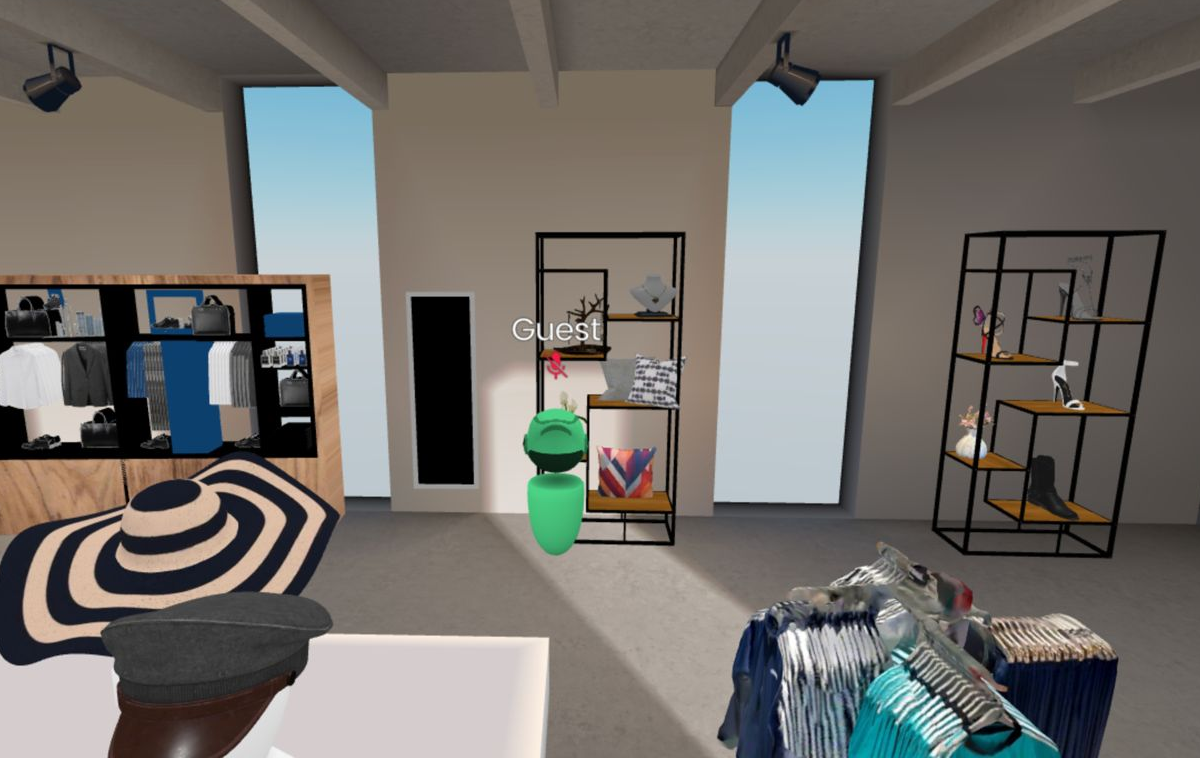
The VR store without sound: When participants select a product, no sound is emitted.
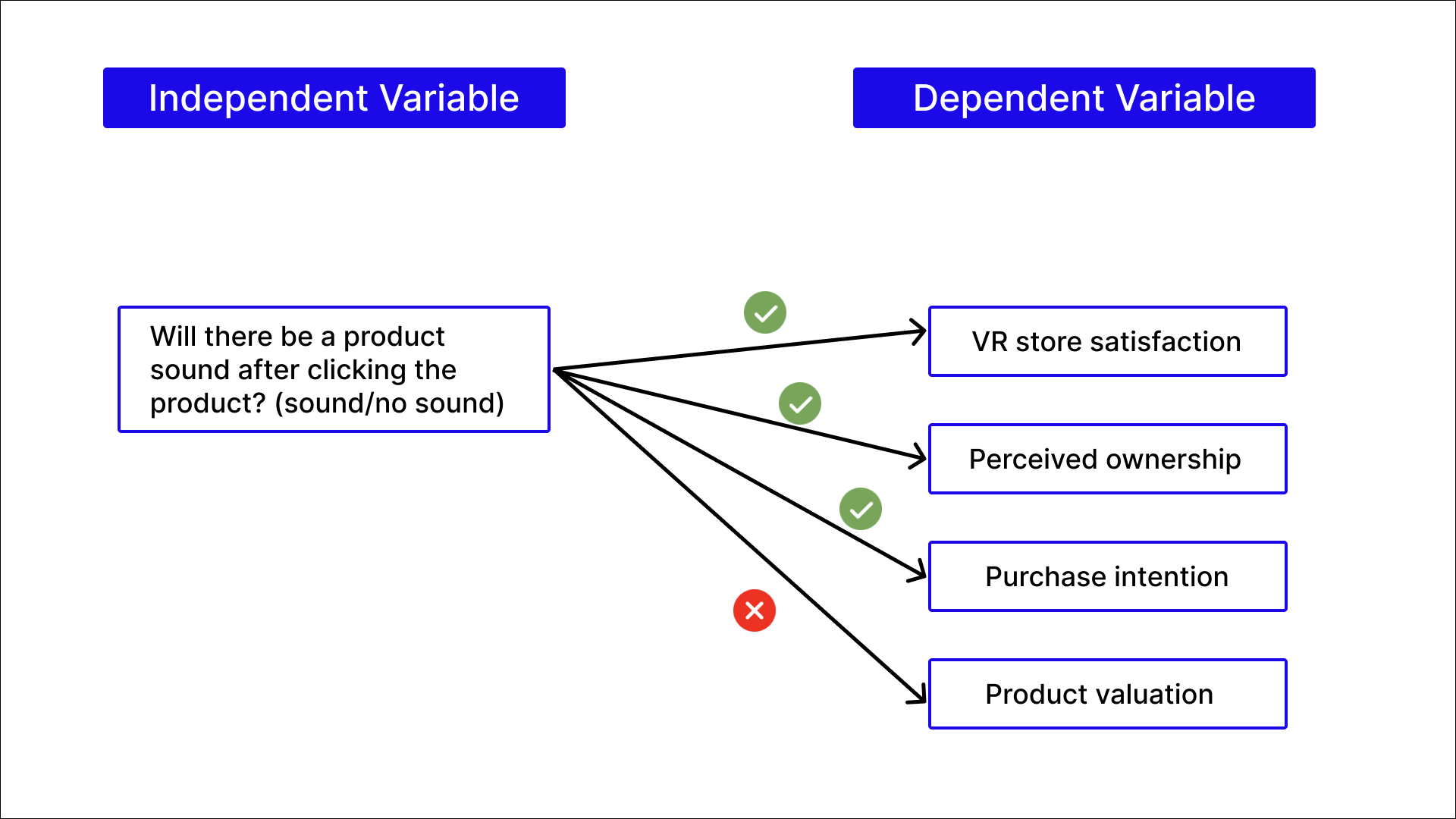
Research hypotheses

Results of quantitative analysis
Description of the Key themes generated following the thematic analysis. Through thematic analysis, three themes were identified as follows:

